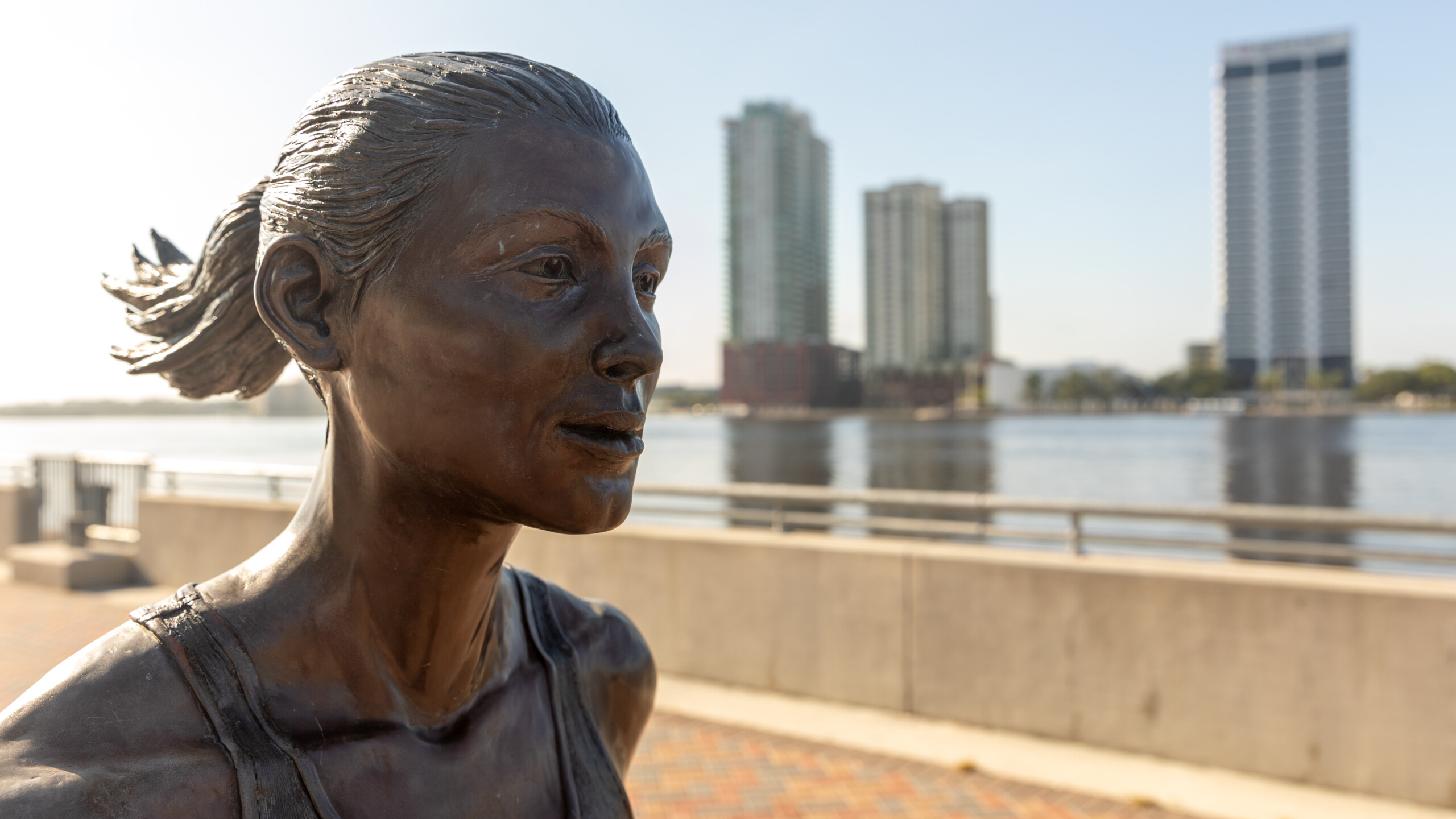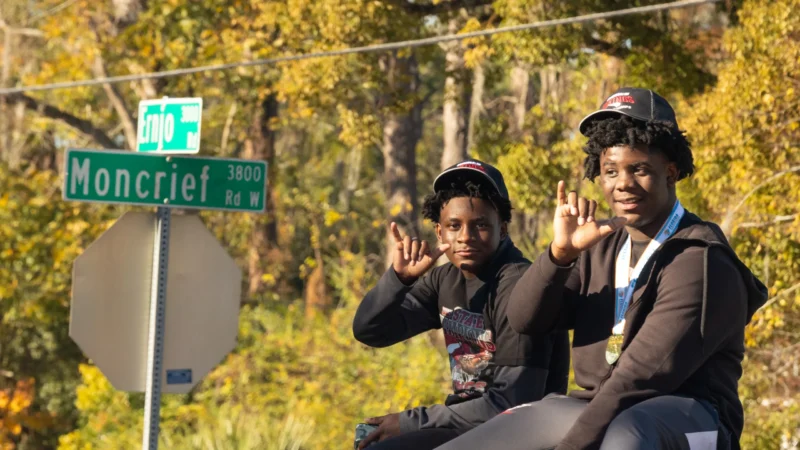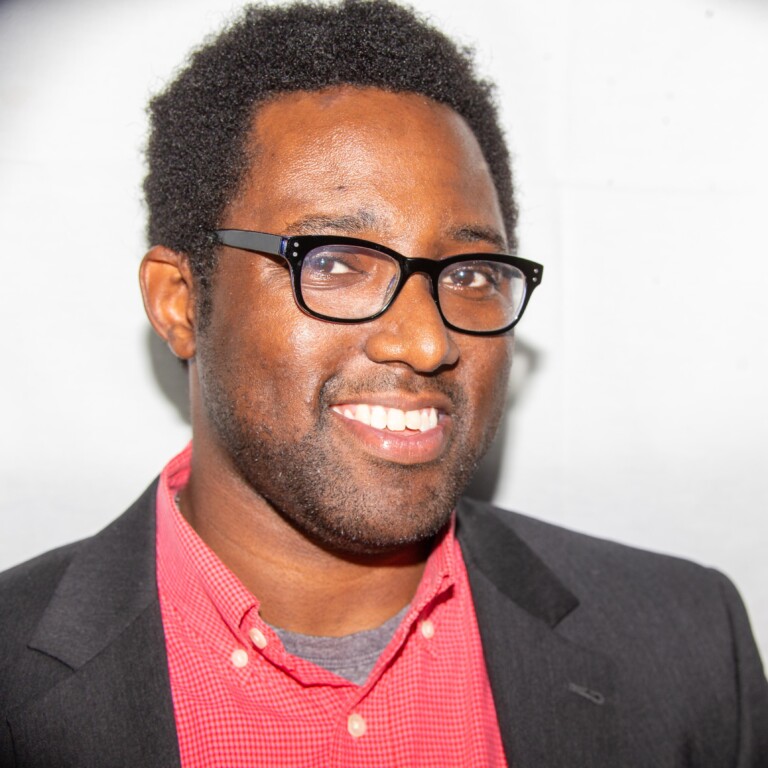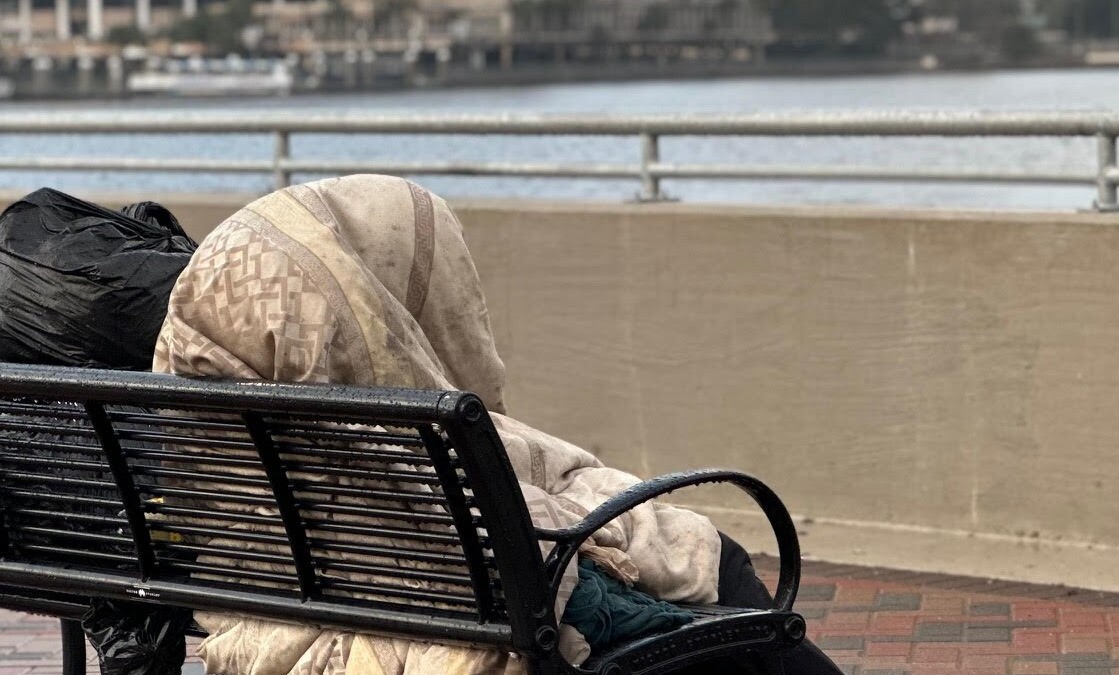Clark Vargas died last month. However, his voice and his contributions to Jacksonville will live on in part because of the efforts of Jacksonville historian Rebecca Dominguez-Karimi, who curated an oral history project with a corresponding exhibit that debuts publicly on Monday at Jacksonville City Hall.
Vargas is one of the nearly 70 people who told their stories for Voces de Hispanos, the project created two years ago to ensure the legacy of Northeast Florida’s Hispanic community is preserved.
Monday’s opening coincides with Chilean Independence Day, and Hispanic Heritage Month is celebrated Sept. 15 to Oct. 15 because a half dozen countries in the Hispanic diaspora celebrate their independence in the same 30-day window.
Dominguez-Karimi considers it a dream that the voices and syntax of the Northeast Florida’s burgeoning, diverse Hispanic community will be heard inside City Hall.
It means people like Vargas, a co-founder of the Hispanic American Business Association, leader in the city of Jacksonville’s Hispanic Advisory board, engineer and father, will not be forgotten.
Vargas died after a prolonged cancer fight on Aug. 1. He was 78.
“There is a 100-year lapse in the history of Hispanics,” Dominguez-Karimi says about Northeast Florida. “The last, recorded records that we had that were what you can call archival value was 1900s, maybe 1920. And, then we had a big gap. I would love to be able to collect items from that 100-year span that are missing. That’s my goal. And that’s what keeps me doing this.”
Duval County’s Hispanic population nearly tripled between 2000 and 2020, from 4.1% to 11.3%, and grew further to 12% in 2022, according to the U.S. Census Bureau.

“If you think the term Hispanic, it’s a way of identifying a whole community. We all got lumped into this box. …It is a community of the Spanish language,” First Coast Hispanic Chamber of Commerce President Monica Hernandez said on WJCT News 89.9’s First Coast Connect earlier this week.
“However, we are different. I have friends who are Hispanic, but they are Asian. Their heritage, their parents, are from Asia. You have indigenous people that are equally Latinos, that are equally Hispanics. You have African-descent individuals who are also Latinos. It’s all about the ethnicity and the country where you are from.”
A far cry from decades ago, when Jacksonville was predominantly a Black and white city, today, City Council member Ken Amaro says Jacksonville is more of a Black, brown and white community.
Amaro, the former longtime television reporter who was elected to the Council representing Arlington this year, is the child of a Puerto Rican father and Afro-Caribbean mother.
Amaro is among the engineers, sculptors, architects, judges, educators, logistics leaders and others who participated in Voces de Hispanos, which translates to Hispanic Voices.
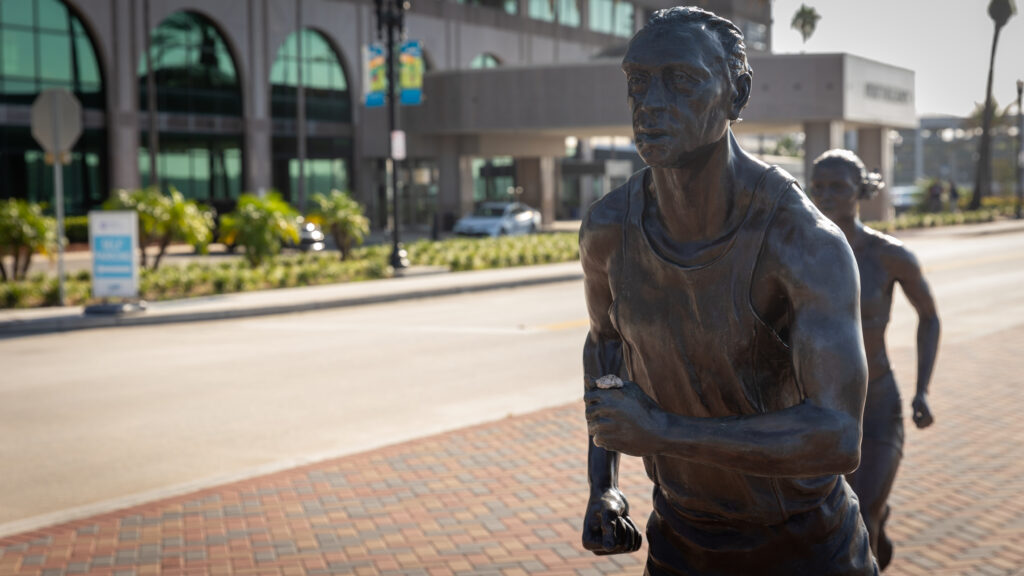
“With all the narrative of immigration, and issues of that nature, there have been aspersions that have been cast on Hispanics,” Amaro says. “The reality is, we are very diverse. We all share in the upbuilding of our community. We all contribute.”
Amaro, who does not speak Spanish, says that doesn’t make him any less a member of the Hispanic community because language “is only half of it.”
“That doesn’t mean they have lost their heritage or don’t love some of the traditions,” Amaro says.
The Census Bureau estimates there are 38,000 Jacksonville residents with Puerto Rican heritage, like Amaro. Another 13,500 are Cuban-American or have Cuban heritage. Approximately 15,000 residents, like Dominguez-Karimi, have Mexican heritage.
Dominguez-Karimi says she has spoken with Chileans, Ecuadorians and Hondurans for the Voces project. She is looking for at least 100 more from across the five counties that make up Northeast Florida: Nassau, Duval, Clay, St. Johns and Baker.
“We have such a rich culture,” Dominguez-Karimi says. “Of course, that would be anything from the dances to the music to the art. We have a sculptor that we’re highlighting (Derby Ulloa). He made the sculpture of the runners that are (near the St. Johns River.) He’s been here for years. We were very fortunate to interview him. Little pieces of the puzzle are coming together.”


